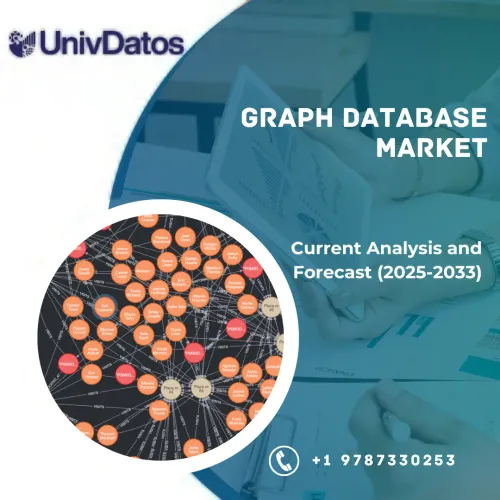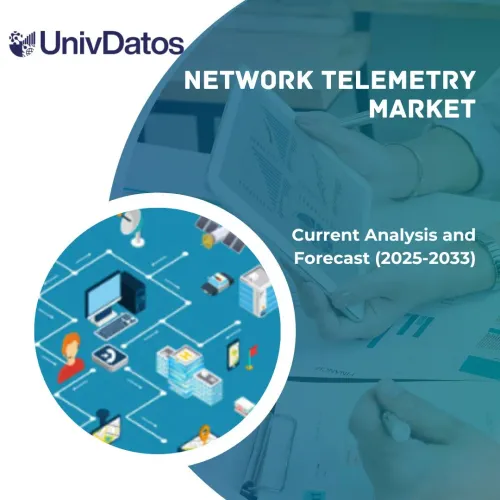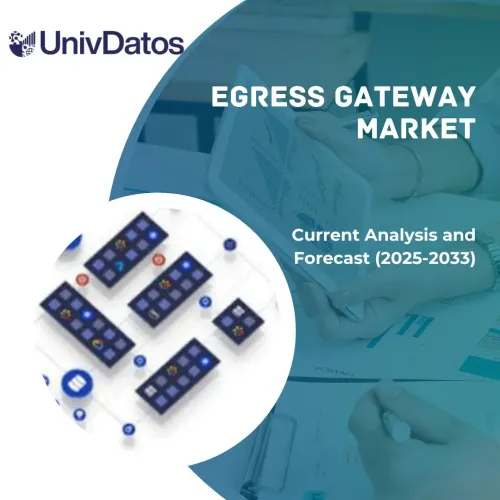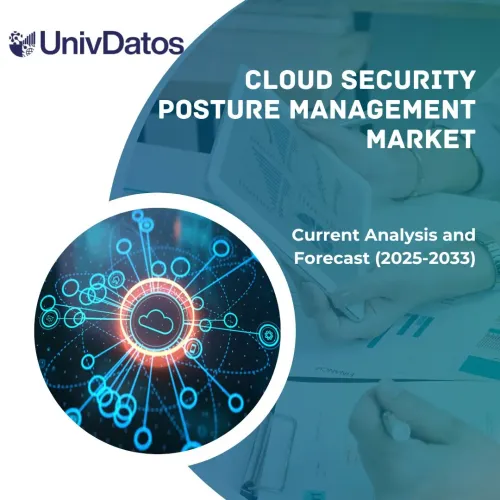テナント請求ソフトウェア市場:現状分析と予測(2025年~2033年)
デプロイメント(クラウドおよびオンプレミス)の重視、アプリケーション(住宅および商業)、および地域/国
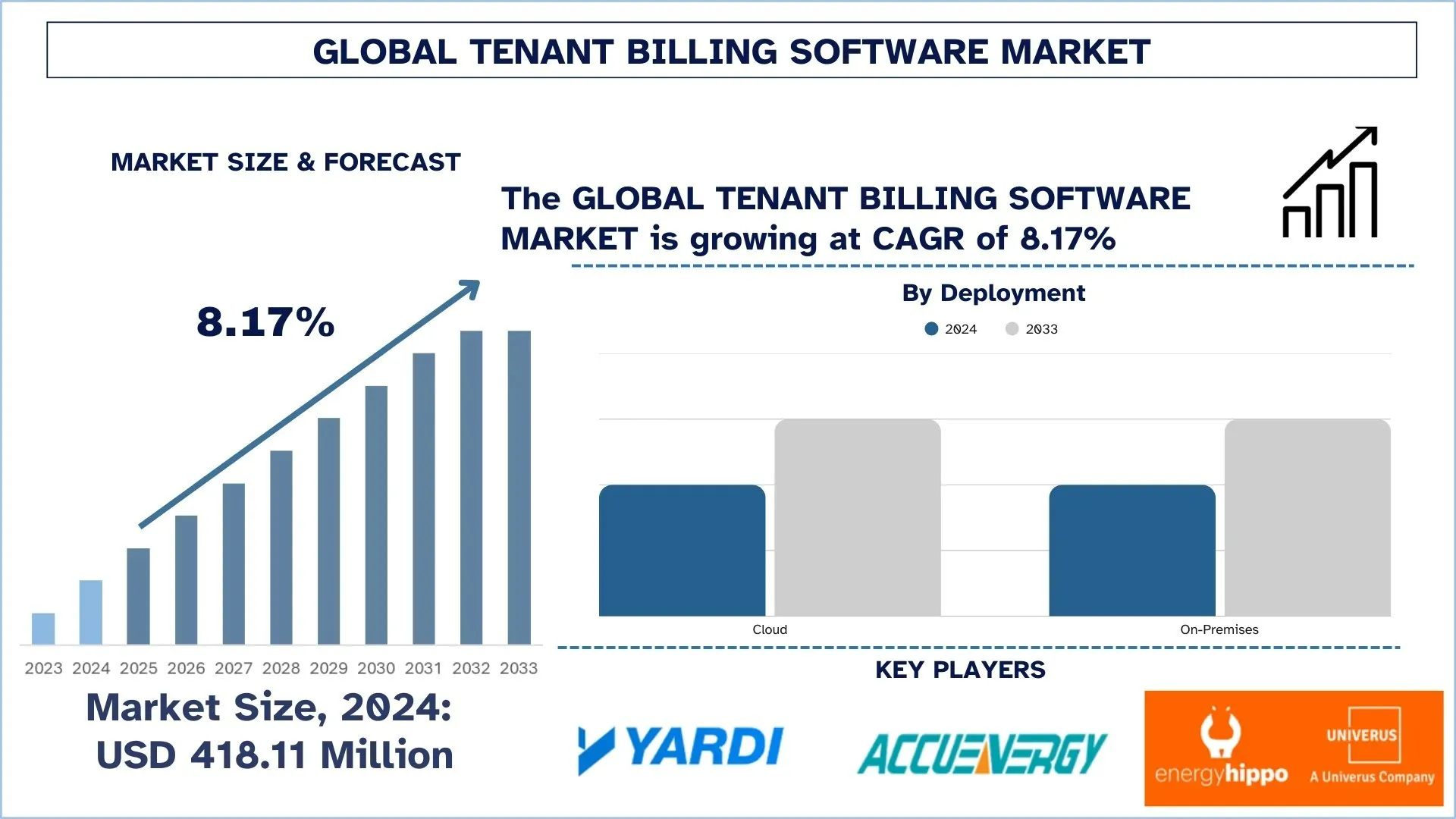
世界のテナント請求ソフトウェア市場規模と予測
世界のテナント請求ソフトウェア市場は、2024年に4億1811万米ドルと評価され、予測期間(2025年~2033年)中に約8.17%の堅調なCAGRで成長すると予想されています。これは、商業施設および住宅施設の増加と、クラウドコンピューティングの進歩および効率的な不動産管理ソリューションに対する需要が組み合わさったことにより、テナント請求市場の需要が促進されているためです。
テナント請求ソフトウェアの市場分析
テナント請求ソフトウェアは、不動産管理部門で人気が高まっています。なぜなら、このソフトウェアは、テナントリース、公共料金、その他の有料サービスの面倒なプロセスを合理化し、自動化する上で不可欠なものとなる傾向があるからです。このようなソフトウェアは、いくつかの建物システムを完全なシステムに統合します。これは、通常は手動計算やさまざまな異なるシステムを含む従来の方法に対する明らかな利点です。不動産の効率的な管理、都市化、不動産商業および住宅部門におけるデジタルトランスフォーメーションへの動きに対する需要の増加と相まって、このような要因がテナント請求ソフトウェアに対するさらなる需要への触媒として浮上しています。(SaaSモデルなどの)クラウドベースのプラットフォームの利用可能性や高度なデータ分析能力により、これらのシステムはスケーラビリティと信頼性、およびリアルタイムのデータ処理に必要な機能を備えることができ、最新の不動産管理の動的な要求をより適切に処理できるようになります。世界中の国々とその規制当局はすでにテナントの権利と金融取引に対する締め付けを強化しており、請求におけるコンプライアンスと正確さのために、適切に設計されたソフトウェアソリューションを採用する必要があります。
世界のテナント請求ソフトウェア市場の動向
このセクションでは、当社の調査専門家チームが見出した、世界のテナント請求ソフトウェア市場のさまざまなセグメントに影響を与えている主要な市場動向について説明します。
AIと機械学習の統合
人工知能の出現は、不動産データの解釈を再定義しています。テナント請求用のAIおよびAI対応ソフトウェアは、過去の利用状況データを活用して、今後の公共料金コストを予測し、漏洩や異常に高い消費量などの通常の消費行動からの逸脱を特定し、予防のための事前のアクションを提案します。いわゆる「AI」に基づいて電気料金を請求しているGridiumは、消費量を予測し、過剰な請求における外れ値を検出してメンテナンスをスケジュールすることで、管理者を支援する米国を拠点とするAI搭載請求プラットフォームです。これにより、請求は受動的な会計機能から、建物のインテリジェンスとテナントエンゲージメントのアクティブなコンポーネントに変換されます。
テナント請求ソフトウェア業界のセグメンテーション
このセクションでは、世界のテナント請求ソフトウェア市場レポートの各セグメントにおける主要な動向の分析と、2025年~2033年の世界、地域、国レベルでの予測を提供します。
クラウドベースのテナント請求ソフトウェア市場がテナント請求ソフトウェア市場を支配
展開に基づいて、テナント請求ソフトウェア市場はクラウドとオンプレミスに分類されます。2024年には、クラウドベースのテナント請求ソフトウェア市場が市場を支配しており、予測期間中もその主導的な地位を維持すると予想されています。クラウドベースのソリューションへの移行は、経済的でスケーラブルで、実装が容易な、世界の既存のオンプレミス設備に対する代替手段です。これは通常、高額な初期投資とメンテナンスコストが必要です。クラウドベースの展開は非常に柔軟であるため、アップデートを簡単に行うことができ、他のクラウドベースの不動産管理システムへの統合が可能になる、不安定な不動産市場に適しています。商業ビルと住宅ビルの複数の不動産、複数の地域管理は、単一のプラットフォームから運用を強化するために、クラウドを使用する方向に急速に進んでいます。さらに、米国のサーベンス・オクスリー法などのより厳格な規制遵守を誘導する規制(リスクを起こしやすい財務報告基準とデータの正確性が必要)は、リアルタイムの更新とデータセキュリティコンプライアンスを大幅に強化するために、クラウド対応ソフトウェアを介してよりシームレスに満たされます。このセグメントの成長に寄与する要因としては、(商業用不動産)および集合住宅と学生用宿泊施設のノンレジデンシャルセクターからの需要の増加が挙げられます。効率とスケーラビリティに本質的に重点を置いているため、クラウドの展開によりクライアントベースを拡大できます。一般に、クラウドソリューションは、アップデート、スケーラビリティ、ITスタッフの削減に反映されるように、ライフサイクル全体でオンプレミスソリューションよりも20%~40%安価です。
住宅カテゴリーがテナント請求ソフトウェア市場で最大の市場シェアを保持。
アプリケーションに基づいて、テナント請求ソフトウェア市場は住宅用と商業用に分類されます。住宅カテゴリーは2024年に最大の市場シェアを保持しました。このセグメントの成長の背景には、複数の推進要因があります。それは、集合住宅の複雑な管理、および公共料金と家賃の請求要件の非効率性などです。住宅賃貸市場が世界的に拡大するにつれて(そして市場は主に都市化と「購入よりもリース」という文化の高まりによって発展します)、経常的な支払い、敷金、およびメンテナンス料金の管理を簡素化するのに役立つテナント請求ソリューションに対する需要が高まっています。たとえば、サンフランシスコに新しく建設されたベイビューガーデンのような大きな住宅ビルには、現在、数百人の居住者の多様性に対応するための洗練されたテナント請求ソフトウェアがあり、住宅環境における自動化されたソリューションへの差し迫った移行を示しています。これらのプラットフォームを使用すると、不動産管理者は請求を他のテナントサービスと簡単に統合できるため、明確で透過的な請求および支払いオプションを通じて、テナントの満足度と定着率が向上します。モバイル決済とオンラインテナントポータルを可能にする改善されたテクノロジーにより、これらのシステムは最新の住宅不動産の管理に不可欠なものとなっています。さらに、明確で公正な請求慣行を推進する新しい規制と、公共料金を使用するすべての人の使用状況に基づいて公共料金を説明し、請求する必要がある持続可能な生活においてすべてが平等になる方向への移行は、住宅テナント請求ソフトウェアの採用を推進する要因を構成しています。
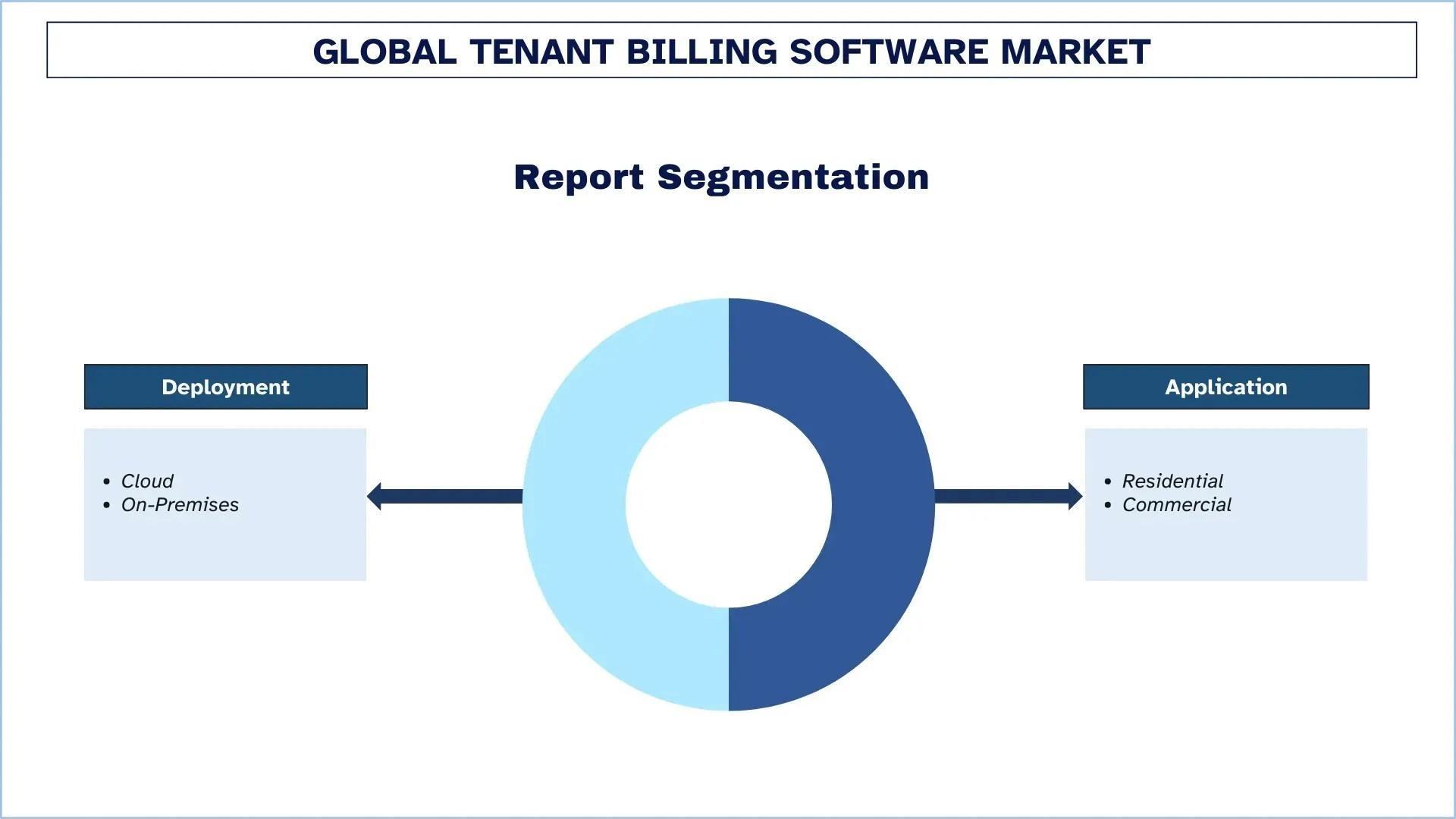
北米が世界のテナント請求ソフトウェア市場を支配
北米地域はテナント請求ソフトウェア市場を支配しており、予測期間中も同様に振る舞うと予想されています。市場におけるこの地域の優位性は、テクノロジー指向、不動産市場の成熟度、不動産管理と財務の透明性を取り巻く厳格な規制条項などのいくつかの重要な要因に起因すると考えられます。このような複雑なテナント請求ソリューションの採用における1つの顕著な要因は、米国とカナダにおける急速なデジタルトランスフォーメーションです。北米の不動産管理者と家主は現在、公正住宅法や州固有のさまざまな家主・テナント法など、現地の法律に準拠し、安全でスケーラブルなクラウドベースのソリューションを支持しており、クライアントに財務とコミュニケーションの綿密な追跡に対する責任を負わせています。さらに、ほとんどの北米の都市における都市化の傾向は、集合住宅および複合用途の開発において拡大しており、公共料金とサービス料金に関する適切な管理が必要です。ニューヨーク、トロント、サンフランシスコなどの都市部におけるスマートビルへの投資の増加も、スマートメーターやIoTデバイスと統合してリアルタイムのデータ分析と公共料金管理を提供できるテナント請求システムの受け入れに大きな圧力をかけています。
米国が2024年に北米テナント請求ソフトウェア市場で圧倒的なシェアを保持
主な推進要因には、スマートビルの急速な開発、厳格なエネルギー効率要件、および複数テナント不動産の公共料金コストの割り当てにおける透明性に対する需要の高まりが含まれます。これらの要因により、米国のテナント請求ソフトウェア業界が革新し、受け入れられるようになりました。プロップテック(不動産テクノロジー)と持続可能な建物イニシアチブへの投資により、サブメーターを自動化し、運用上の非効率性を最小限に抑え、テナントの満足度を高めるための高度な請求ソリューションに対する需要が促進されました。さらに、(NYCローカル法88などの)地域のエネルギーベンチマーク法への準拠と、ESG(環境、社会、ガバナンス)コンプライアンスへの注力により、米国における商業用、住宅用、および複合用途の開発向けのテナント請求システムを自動化する必要性が急務となっています。その目的は、主要な米国ソフトウェアプロバイダーによってサポートされているAI分析、クラウド統合、およびIoT接続への多額の投資を通じて、国内外の基準を十分に満たす、スケーラブルで、準拠し、使いやすい請求ソリューションを提供することです。テナント請求ソフトウェアの米国市場は、確立されたプロップテック企業と機敏なスタートアップ企業の組み合わせにより、リアルタイムのデータ追跡、レポートのカスタマイズ性、スマートビルシステムとの統合を改善しようとしているため、イノベーション、効率、規制への適応性の最前線に留まり、グローバルなテナント請求ソフトウェアのリーダーとしての地位を強化しています。
テナント請求ソフトウェアの競争環境
世界のテナント請求ソフトウェア市場は競争が激しく、世界および国際的な市場プレーヤーが多数存在します。主要なプレーヤーは、パートナーシップ、契約、コラボレーション、新製品の発売、地理的な拡大、M&Aなど、市場でのプレゼンスを強化するためにさまざまな成長戦略を採用しています。

テナント請求ソフトウェアのトップ企業
市場の主要なプレーヤーには、Yardi Systems, Inc.、Accuenergy Inc.、Energy Hippo, Inc. (A Univerus Company)、AppFolio, Inc.、Buildium, A RealPage Company、Enertiv, Inc.、Honeywell International Inc.、Entronix、MRI Software LLC、およびWellStatなどがあります。
テナント請求ソフトウェア市場の最近の動向
- 2024年10月、AppFolioは、組み込みにより不動産管理タスクを最適化する新しいGenerative AIプラットフォームRealm-Xを発表しました。Realm-Xには、レポートの生成、ベンダーとのコミュニケーションなどを自動化するアシスタント、AIによって強化されたインボックスを使用して居住者と効率的にコミュニケーションするメッセージ、およびすべての標準操作を自動化するフローアンドワークフローエンジンであるフローが含まれています。これらを合わせると、不動産管理者はトランザクションの作業時間を週10時間以上短縮できます。AppFolioはまた、居住者のエンゲージメントと満足度を高めるために、アプリケーションから更新までのサービスを統合する、強化された次世代居住者エクスペリエンスプラットフォームであるFolioSpace™を発表しました。
- 2024年9月、RealPageは、クライアントが賃料の推奨から非公開の競合他社のデータを除外できるようにする、収益管理ソフトウェアの機能強化に着手しました。この措置は、そのようなデータの使用を制限したサンフランシスコの条例に対応して講じられました。RealPageは、そのソフトウェアは公開データのみを利用するシナリオでも価値があり、複数の法的要件に適応できると主張しています。同社はまた、非公開データに焦点を当てることは、深刻な供給不足から生じる市の住宅手頃な価格の問題に対する答えを提供しないと述べています。RealPageは、コンプライアンスに準拠した効果的な価格設定ソリューションをクライアントに提供することに引き続き取り組んでいます。
- 2024年6月、Honeywellは、プラグレベルのエネルギー使用量の監視と制御に特化した建物管理者向けのConnected Powerソリューションを発表しました。これには、営業時間外にプラグを差し込んだままにしておく自動販売機やコーヒーメーカーなどのプラグインデバイスによって引き起こされる無駄も含まれます。既存のインフラストラクチャと連携して、デジタルダッシュボードを介した集中管理を実現します。検証可能な占有に基づいてコンセントを自律的に制御し、潜在的な安全上の問題に関するアラートを提供するため、効率的な省エネ策であると同時に安全対策でもあります。ユーザーは、複数のプロパティにわたる完全なエネルギー管理のためにHoneywell Forgeと統合できます。
世界のテナント請求ソフトウェア市場レポートの範囲
詳細 | |
基準年 | 2024年 |
予測期間 | 2025年~2033年 |
成長の勢い | CAGR 8.17%で加速 |
2024年の市場規模 | 4億1811万米ドル |
地域分析 | 北米、ヨーロッパ、APAC、世界のその他の地域 |
主な貢献地域 | 北米は、予測期間中に市場を支配すると予想されています。 |
対象となる主な国 | 米国、カナダ、ドイツ、英国、スペイン、イタリア、フランス、中国、日本、およびインド |
プロファイルされた企業 | Yardi Systems, Inc.、Accuenergy Inc.、Energy Hippo, Inc. (A Univerus Company)、AppFolio, Inc.、Buildium, A RealPage Company、Enertiv, Inc.、Honeywell International Inc.、Entronix、MRI Software LLC、およびWellStat |
レポートの範囲 | 市場の動向、推進要因、および抑制要因、収益の推定と予測、セグメンテーション分析、需要と供給側の分析、競争環境、企業プロファイリング |
対象となるセグメント | 展開別、アプリケーション別、地域/国別 |
テナント請求ソフトウェア市場レポートを購入する理由:
- この調査には、認証された主要な業界専門家によって確認された、市場規模の測定と予測分析が含まれています。
- このレポートでは、業界全体のパフォーマンスの概要を一目で確認できます。
- このレポートでは、主要な業界の同業他社の詳細な分析を取り上げており、主に主要な事業財務、タイプのポートフォリオ、拡大戦略、および最近の動向に焦点を当てています。
- 業界に普及している推進要因、抑制要因、主要な動向、および機会の詳細な調査。
- この調査では、さまざまなセグメントにわたる市場を包括的に網羅しています。
- 業界の地域レベルの詳細な分析。
カスタマイズオプション:
世界のテナント請求ソフトウェア市場は、要件またはその他の市場セグメントに応じて、さらにカスタマイズできます。これに加えて、UnivDatosはお客様独自のビジネスニーズをお持ちであることを理解しています。したがって、お客様の要件に完全に適合するレポートを入手するには、お気軽にお問い合わせください。
目次
グローバルテナント請求ソフトウェア市場分析(2023年~2033年)の調査方法
主要地域におけるグローバルテナント請求ソフトウェア市場の用途を評価するため、過去の市場を分析し、現在の市場を推定し、将来の市場を予測しました。徹底的な二次調査を実施し、過去の市場データを収集し、現在の市場規模を推定しました。これらの洞察を検証するために、数多くの調査結果と仮定を注意深く検証しました。さらに、テナント請求ソフトウェアのバリューチェーン全体の業界専門家との詳細な一次インタビューを実施しました。これらのインタビューを通じて市場の数値を検証した後、トップダウンとボトムアップの両方のアプローチを使用して、市場全体の規模を予測しました。その後、市場の内訳とデータ三角測量の手法を用いて、業界セグメントおよびサブセグメントの市場規模を推定および分析しました。
市場エンジニアリング
データ三角測量技術を採用して、市場全体の推定を確定し、グローバルテナント請求ソフトウェア市場の各セグメントおよびサブセグメントの正確な統計数値を導き出しました。グローバルテナント請求ソフトウェア市場内の展開、アプリケーション、地域など、さまざまなパラメータとトレンドを分析して、データをいくつかのセグメントとサブセグメントに分割しました。
グローバルテナント請求ソフトウェア市場調査の主な目的
この調査は、グローバルテナント請求ソフトウェア市場の現在および将来のトレンドを特定し、投資家向けに戦略的な洞察を提供します。地域市場の魅力を強調し、業界関係者が未開拓の市場を開拓し、先行者利益を得ることを可能にします。調査のその他の定量的な目標は次のとおりです。
- 市場規模分析:グローバルテナント請求ソフトウェア市場とそのセグメントの現在の市場規模を評価し、金額(米ドル)で市場規模を予測します。
- テナント請求ソフトウェア市場のセグメンテーション:調査のセグメントには、展開、アプリケーション、および地域が含まれます。
- 規制の枠組みとバリューチェーン分析:テナント請求ソフトウェア業界の規制の枠組み、バリューチェーン、顧客行動、および競争環境を調べます。
- 地域分析:アジア太平洋、ヨーロッパ、北米、およびその他の地域などの主要地域について、詳細な地域分析を実施します。
- 企業プロファイルと成長戦略:テナント請求ソフトウェア市場の企業プロファイル、および急速に成長する市場を維持するために市場プレーヤーが採用した成長戦略。
よくある質問 よくある質問
Q1: グローバルテナント課金ソフトウェア市場の現在の市場規模と成長の可能性は?
世界のテナント請求ソフトウェア市場は、2024年に4億1,811万米ドルと評価され、予測期間(2025年~2033年)中に8.17%のCAGRで成長すると予想されています。
Q2: 展開方法別に見た場合、世界のテナント請求ソフトウェア市場で最大のシェアを占めているセグメントはどれですか?
クラウドベースのテナント請求ソフトウェア市場が市場を支配しており、予測期間を通じてその主導的地位を維持すると予想されます。これらのソリューションは、商業および住宅物件における進化する公益事業規制およびエネルギー効率基準に準拠した、費用対効果が高く、スケーラブルで自動化された請求システムを提供します。クラウドベースのプラットフォームは、リアルタイムのデータ追跡、IoT対応のサブメーターとのシームレスな統合、および複雑な複数テナント請求シナリオを処理するプロパティマネージャーにとってますます不可欠になっているリモートアクセス機能を提供します。
Q3: グローバルテナント請求ソフトウェア市場の成長を牽引する要因は何ですか?
• 効率的な不動産管理に対する需要の増加:クラウドベースのテクノロジーの普及により、テナント請求ソフトウェアは、よりアクセスしやすく、信頼性が高く、拡張性が高くなり、不動産管理者や家主のニーズに対応できます。
• 商業施設および住宅複合施設の増加:複数のテナントがいる大規模な住宅および商業複合施設の開発には、複雑な請求サイクルとサービス料金の配分を処理するための堅牢なソフトウェアが必要です。
• 法規制の遵守:賃貸契約とテナントの権利に関する規制の強化により、地域の法的要件に適応できる準拠請求システムの必要性が高まっています。
Q4: グローバルテナント請求ソフトウェア市場における新たなテクノロジーとトレンドは何ですか?
• AIと機械学習の統合:AIの統合により、テナントの行動の予測分析、請求プロセスの最適化、請求紛争の自動解決が可能になります。
• モバイル最適化:モバイルの使用が増加するにつれて、テナント請求ソフトウェアはよりモバイルフレンドリーになり、テナントと家主がいつでもどこでも請求を管理できるようになっています。
• サステナビリティレポート:ユーティリティ管理とサステナビリティレポートをテナント請求ソフトウェアに組み込む傾向が強まっており、グローバルなサステナビリティ目標に沿ったものとなっています。
Q5: グローバルテナント請求ソフトウェア市場における主な課題は何ですか?
• データセキュリティの懸念:処理される機密性の高いテナントデータが増加しているため、ソフトウェアプロバイダーはデータ侵害から保護するための堅牢なセキュリティ対策を確保する必要があります。
• 既存システムとの統合:テナント請求ソフトウェアが他の不動産管理システムとシームレスに統合されるようにすることは困難な場合がありますが、業務効率にとっては非常に重要です。
• ユーザーの導入抵抗:一部の不動産管理者および家主は、ソフトウェアソリューションの複雑さとコストを認識しているため、新しいシステムへの移行に抵抗する可能性があります。
Q6:世界のテナント請求ソフトウェア市場を支配している地域はどこですか?
テナント請求ソフトウェア市場は北米地域が市場を支配しており、予測期間中も同様の傾向を示すと予想されます。同地域が市場を支配している要因としては、技術志向、不動産市場の成熟度、不動産管理および財務の透明性に関する厳しい規制条項などが挙げられます。このような複雑なテナント請求ソリューションの導入における重要な要因の1つは、米国とカナダにおける急速なデジタル変革です。
Q7:グローバルテナント請求ソフトウェア市場の主要なプレーヤーは誰ですか?
テナント請求ソフトウェアにおける主要企業には、以下のような企業があります:
• Yardi Systems, Inc.
• Accuenergy Inc.
• Energy Hippo, Inc. (A Univerus Company)
• AppFolio, Inc
• Buildium, A RealPage Company
• Enertiv, Inc.
• Honeywell International Inc.
• Entronix
• MRI Software LLC
• WellStat
Q8: 代替請求ソリューションとの競争は、テナント請求ソフトウェア市場にどのような影響を与えますか?
• 手作業による請求方法との価格競争: 従来のスプレッドシートや外部委託による請求サービスは、初期費用が低いため、価格に敏感な小規模家主にとっては課題となります。ただし、テナント請求ソフトウェアは、大規模なポートフォリオでは拡張性と正確性において優位性を保っています。
• 統合されたプロパティ管理スイートの出現: 競合するオールインワンプラットフォーム(例:Yardi、RealPage)には基本的な請求機能が含まれていますが、スタンドアロンのテナント請求ソフトウェアは、特殊な機能(例:詳細なユーティリティ追跡、コンプライアンスレポート)により需要を維持しています。
• オープンバンキングとFintechによる破壊的イノベーション: サードパーティの決済アプリは、家賃回収のために請求ソフトウェアを迂回する可能性がありますが、規制要件(例:ユーティリティサブメーター法)により、コンプライアンスに特化した専用ソリューションの必要性が維持されます。
Q9: 地域ごとの規制の違いは、テナント請求ソフトウェアの世界市場にどのような影響を与えますか?
• 光熱費請求に関する法規制の相違:サブメーターに関する規制(例:米国の州レベルの規則、EUのエネルギー効率指令)のばらつきにより、ソフトウェアのカスタマイズが必要となり、多国籍プロバイダーの開発コストが増加します。
• データプライバシーとローカリゼーションのハードル:厳格なGDPR(欧州)またはCCPA(カリフォルニア)への準拠要件により、クラウドベースの導入モデルが制限され、ローカライズされたデータインフラストラクチャを持つ地域ベンダーが有利になる可能性があります。
• 税金と請求書フォーマットの複雑さ:管轄区域固有の請求書要件(例:欧州のVAT、アジアの段階的な公共料金)により、柔軟なソフトウェア構成が必要となり、標準化されたグローバルソリューションの障壁となります。
関連 レポート
この商品を購入したお客様はこれも購入しました



